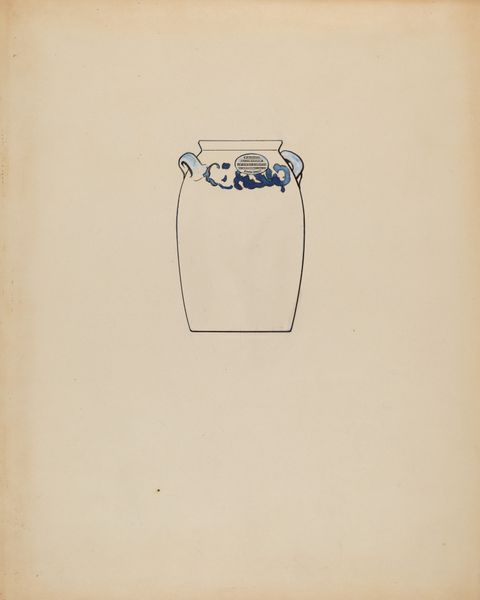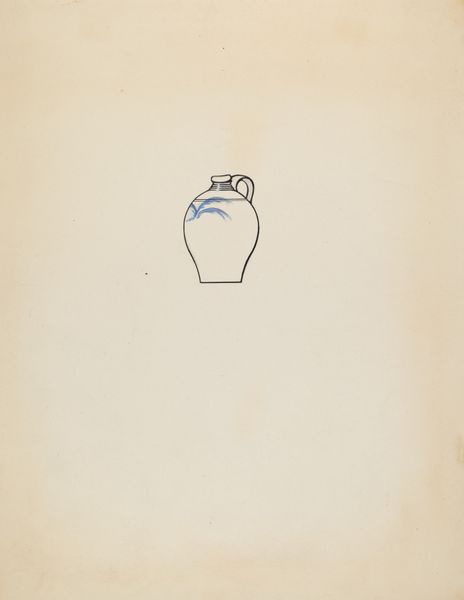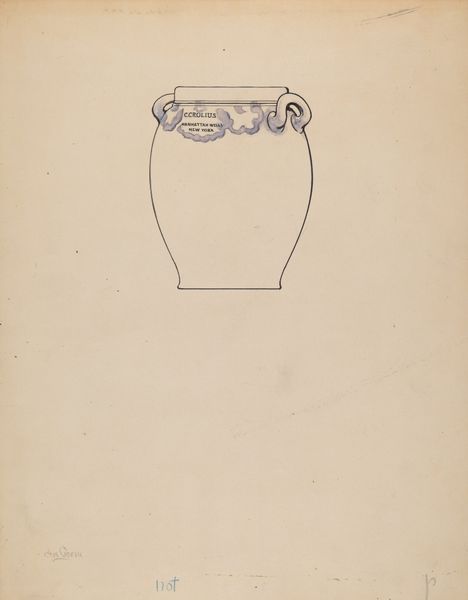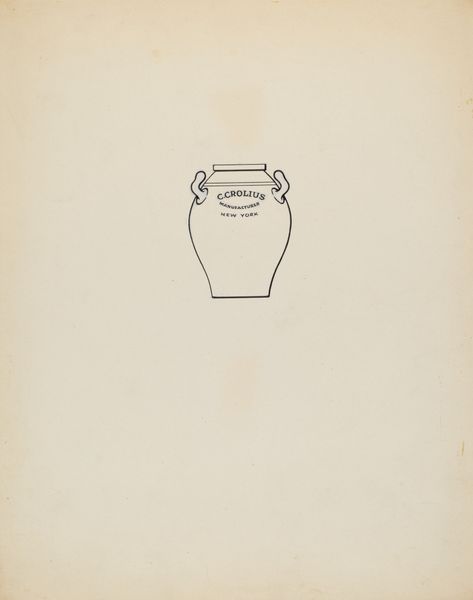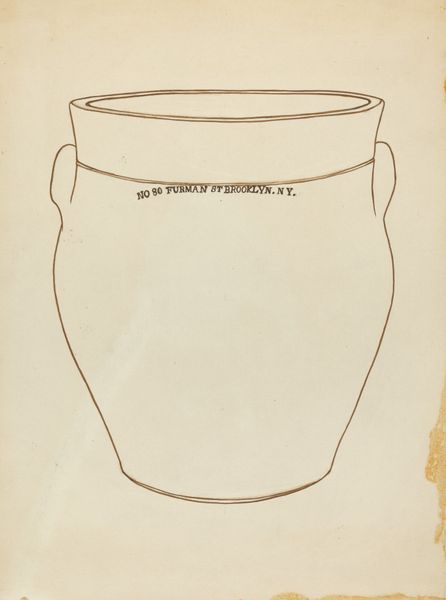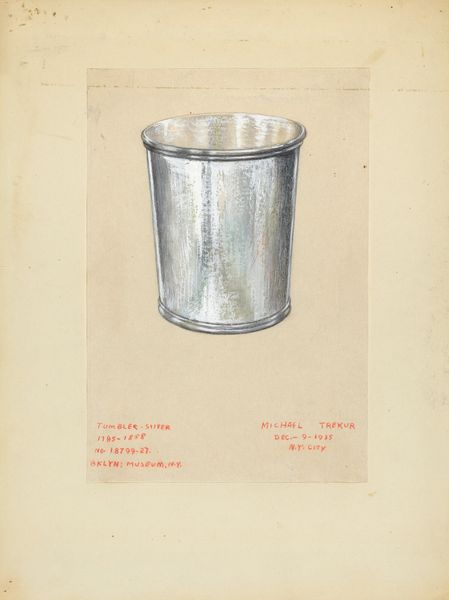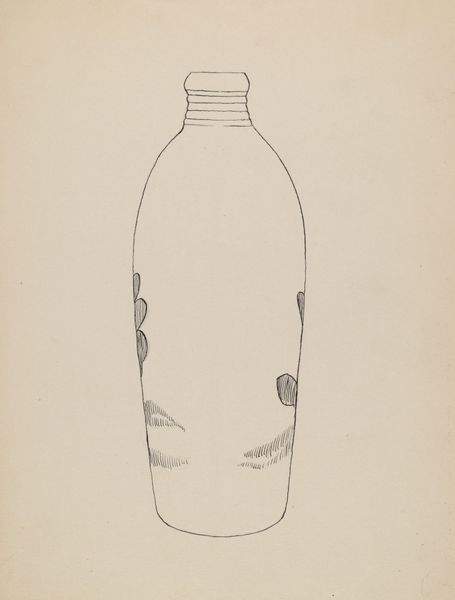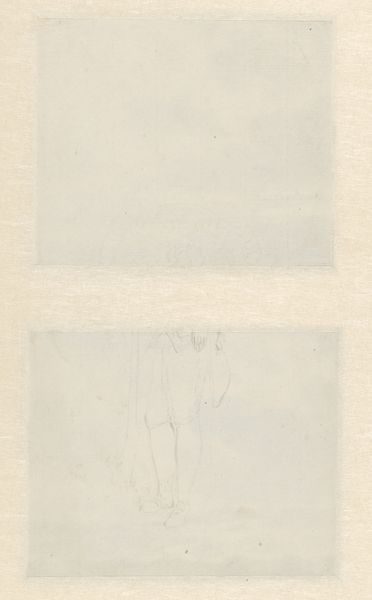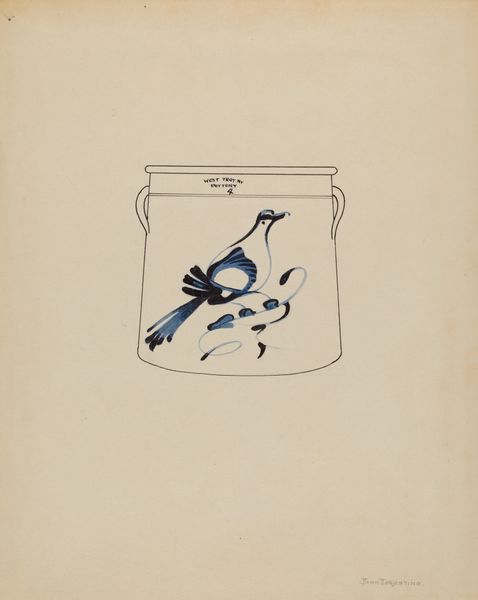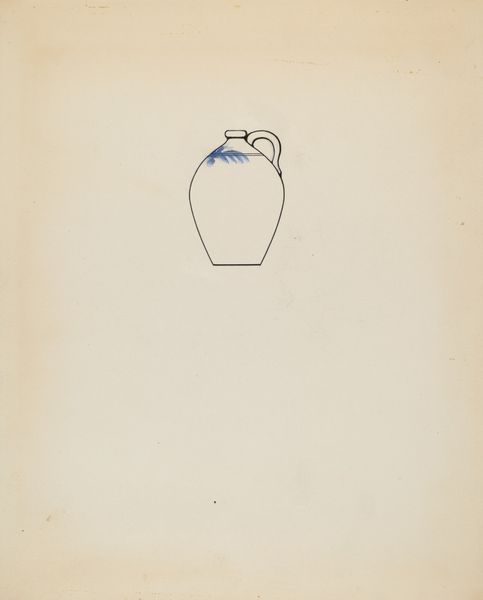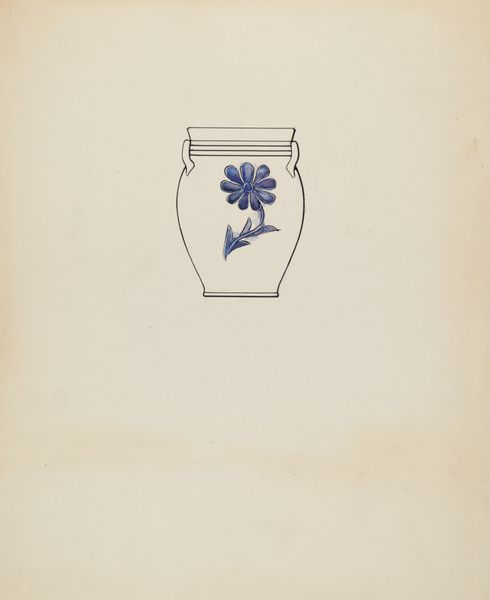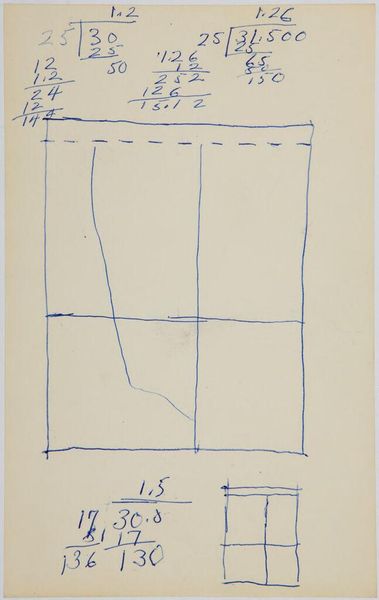
drawing, paper, pencil
#
drawing
#
paper
#
pencil
Dimensions: overall: 30.4 x 22.7 cm (11 15/16 x 8 15/16 in.)
Copyright: National Gallery of Art: CC0 1.0
Editor: This is Nicholas Amantea’s "Jar," drawn in 1939 using pencil and paper. I’m struck by the precision of the drawing. There's a feeling of documenting something specific. What jumps out at you when you look at it? Curator: What's fascinating is the deliberate depiction of a utilitarian object. Amantea isn't just showing us a jar, but almost a record of material culture from that time. Consider, how were objects like this distributed, sold, and valued in 1939, during the tail end of the Depression era? What might possessing such a jar signified? The text on the jar gives it context, referencing a specific maker. Editor: Ceykeepers Sons of Brooklyn, according to the text on one jar! Curator: Exactly. Now, consider this piece as a drawing. The style, clean lines, the way the floral design is rendered – it speaks to a kind of promotional imagery common at the time. Drawings like this might have circulated in catalogs or trade publications. So, what does it mean when art elevates everyday objects? Editor: It seems like Amantea is prompting us to think about the role that a mass-produced product, which is now elevated by art, would play in someone's life in 1939 Brooklyn. I find the contrast between utility and artistry quite thought-provoking. Curator: Precisely! It allows us to appreciate how even the most mundane objects carry a story reflecting social, economic and even political undercurrents. It challenges us to examine what and how consumer products get represented publicly. Editor: I hadn’t considered its potential implications as a social commentary. It gives you a new appreciation of everyday artistry. Curator: Yes, this examination has helped highlight the intersection between the function and history.
Comments
No comments
Be the first to comment and join the conversation on the ultimate creative platform.
